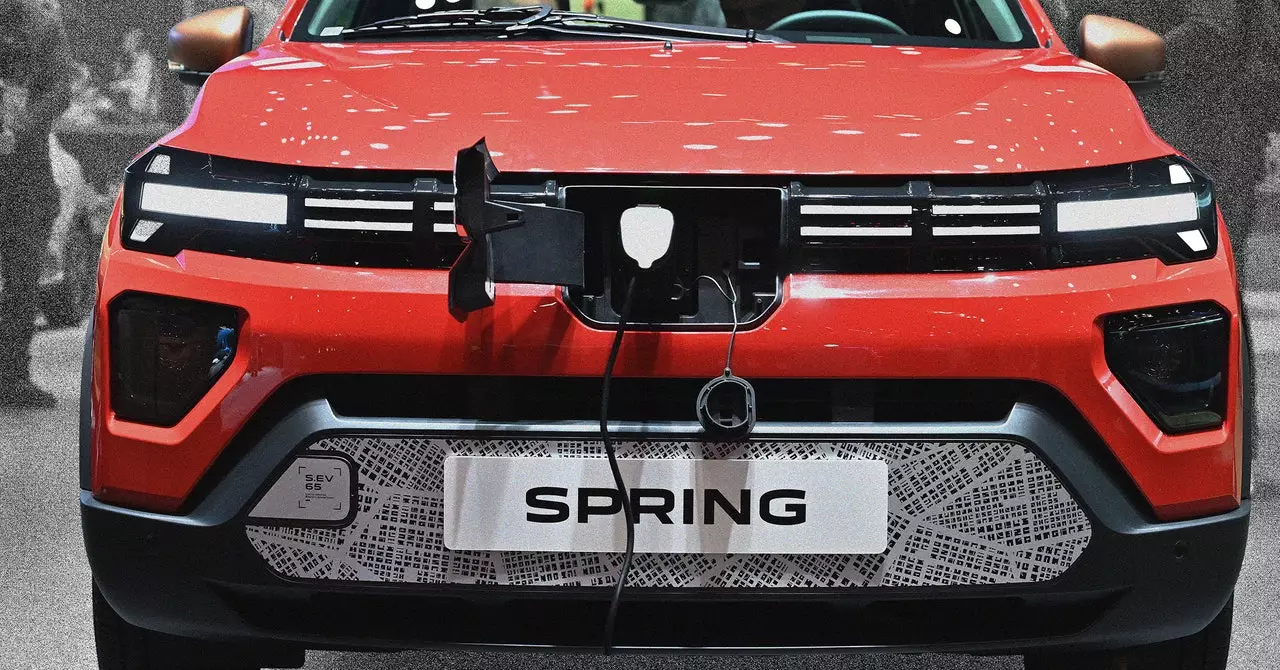The recent tariff impositions on Chinese electric vehicles (EVs) by the European Union signal a significant shift in the automotive landscape. Analysts suggest that companies like BYD, which have established a firm grip on production and cost management, could actually thrive in this constrained environment. The tariffs are expected to exacerbate the competitive atmosphere among Chinese automakers, causing many to consider strategic shifts in their operations. With reduced competition from their counterparts, BYD could capitalize on its cost advantages, allowing it to maintain its pricing model while increasing market share.
Differentiated tariff rates create a complex playing field. For instance, Tesla benefits from a favorable 7.8 percent tariff due to its operational setup in China, while traditional European manufacturers, including Volkswagen, face burdensome tariffs of around 21 percent. This discrepancy raises critical questions about consumer behavior as price sensitivity becomes an even more potent force in purchasing decisions. Will European consumers look favorably upon higher-priced vehicles from established brands, or will they turn to cost-effective alternatives from Chinese firms?
Furthermore, some Chinese car manufacturers have begun exploring the establishment of factories in Europe, following the successful examples of companies like Volvo, which operates its facilities in Sweden despite being under Chinese ownership. This strategy can bring about a localized production model that eases the financial burden of tariffs and potentially increases employment in host countries. However, analysts, such as Ilaria Mazzocco, caution that these announcements should be interpreted with skepticism until actual production begins, thereby highlighting the importance of tangible actions over mere proclamations.
The current tariff landscape is not set in stone, as the European Commission has indicated a willingness to engage in negotiations with China post-vote. This intention suggests that there may be room for alternative arrangements addressing trade tensions. Elements such as import quotas or price floors for EVs could reshape the dynamics of international car trade. A price floor could enable manufacturers to maintain healthier profit margins while pushing them to prioritize quality and service over merely competing on price.
Import quotas, on the other hand, present a far more challenging scenario, potentially limiting the volume of exports and inflicting severe impacts on Chinese manufacturers’ profitability. The stakes are high, as any such regulations could deeply affect the global balance of power in the automotive sector, giving European companies an edge, albeit temporarily.
As the situation develops, China has taken proactive measures by lodging a complaint with the World Trade Organization (WTO) over the EU tariffs. This move highlights the delicate balance of power and competition in global markets. The outcome of the WTO’s evaluation may lead to solutions that either defend Chinese interests or compel Europe to reconsider its aggressive stance—something no one can predict with certainty.
Moreover, the perception of quality among Chinese automakers has been improving considerably. Companies like BYD and its luxury sub-brand, Yangwang, are positioning themselves at the higher end of the market, producing innovative vehicles with unique features designed for affluent consumers. This shift not only reinforces Chinese capabilities but also marks a significant pivot in their market strategy, aligning with European tastes for luxury and quality.
With the automotive sector poised for significant transformations, the implications of tariffs, production strategies, and negotiation outcomes will reverberate on both sides of the globe. While the challenges ahead are notable, the resilience and adaptability of companies like BYD signal a positive trajectory for Chinese automakers. By focusing on innovation and quality, they stand to capture a larger share of the evolving automotive market, even amidst rising geopolitical tensions. As Europe wrestles with its own competitive strategies, the real winners will ultimately be consumers, who stand to benefit from an influx of options and advancements in automotive technology.


Leave a Reply